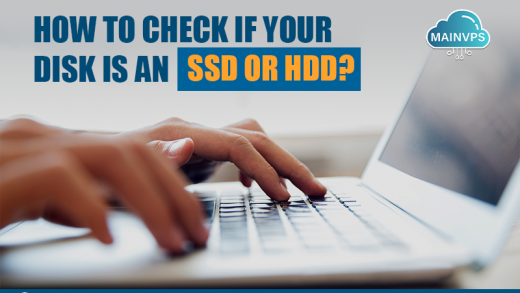
Putting Debian 12 next to Windows lets you pick which system fires up when you power on your PC. Both install-ations stay in their own corner of the drive, they can even live on separate disks, and GRUB handles the boot menu. Ready? Well go through it together, step-by-step.
Why Dual-Boot at All?
- Best of both worlds: Use Windows for apps and gaming, and Debian for coding, servers, or open-source tools.
- Shared hardware, separate systems: No need for extra PCs—save space and money.
- Perfect for devs & power users: Run Windows-dependent software and enjoy Linux flexibility without virtual machines.
1: Prep Before You Begin
- Back up important files. Partitioning won’t harm your data if done correctly, but it never hurts to have a backup.
- Know your setup: UEFI or BIOS?
- UEFI (modern systems): Uses GPT. Order doesn’t matter too much.
- BIOS/MBR (older PCs): Windows should usually be installed first. Debian will respect that on boot.
- Turn off Secure Boot and Fast Startup in Windows — they often block Linux from booting properly.
- Shrink your Windows partition:
- Go to Disk Management (
diskmgmt.msc) - Right-click your largest partition → Shrink Volume → free up space for Debian (20–50 GB is good).
- Go to Disk Management (
2: Install Debian 12
- Create a Debian 12 bootable USB (with Rufus, balenaEtcher, or dd).
- Boot from USB, select “Graphical Install.”
- Choose disk setup:
- “Guided – use largest free space” makes it easy.
- Or use “Manual” to custom-create
/,swap, and/home.
- Install GRUB on your EFI or MBR partition per your mode.
- Finalize and reboot when done—your system will now show a GRUB menu.
3: Fix Any Boot Issues
- Boot goes straight to Windows?
Enter your UEFI firmware (usually by pressing F2, F12, or Del at boot) and move Debian above Windows. - Windows missing in GRUB menu?
Boot Debian. In the terminal, run:sudo os-prober sudo update-grubThis retrieves and lists Windows in your boot menu.
Smart Tips for a Smooth Dual-Boot
- Label partitions clearly (e.g. “WIN_OS” and “DEB12”) during install—makes life easier later.
- Always install Debian last on BIOS systems to avoid GRUB being overwritten.
- Bonus: Separate disks?
Install each OS on its own drive. Use BIOS/UEFI boot menu at startup and keep them fully independent. - Keep GRUB updated: Every time you update kernels or change partitions, run:
sudo update-grub
Troubleshooting Quick List
| Problem | Quick Fix |
|---|---|
| No Debian entry on boot | Change boot order in UEFI firmware |
| Windows missing in GRUB | Run sudo os-prober && sudo update-grub |
| Boot drops to GRUB shell | Reinstall GRUB from live USB: |
sudo mount /dev/sdXY /mnt
sudo grub-install --boot-directory=/mnt/boot /dev/sdX
sudo update-grub
FAQs You’ll Find Handy
Q: Which OS should I install first?
On modern UEFI systems, the order doesn’t matter. On older BIOS systems, install Windows first, then Debian to avoid bootloader conflicts.
Q: Will Windows updates break GRUB?
Rarely, but if it happens, you can quickly fix it using a live USB and the command sudo update-grub.
Q: Can I resize Debian later?
Yes! You can safely resize partitions using GParted from a live USB, but always backup your data first.
Q: Can I remove one OS later?
Yes. Delete the OS’s partitions, then update GRUB in Debian or fix the bootloader from Windows, depending on which system you keep.
Q: Can I use LVM or encryption with Debian?
Absolutely. Debian’s installer offers smooth support for LVM and full-disk encryption during the setup process.
TL;DR – Quick Recap
- Backup your files first.
- Shrink the Windows partition to make space.
- Install Debian 12 on the free space.
- Set GRUB as the default bootloader.
- Resolve any boot menu issues.
- Enjoy switching between Windows and Debian!
Thinking about setting up a dual-boot? Whether youre using a desktop or a laptop, MainVPS can walk you through the process, help with a fast VPS, and tune your system. Just drop us a line were ready to lend a hand!





